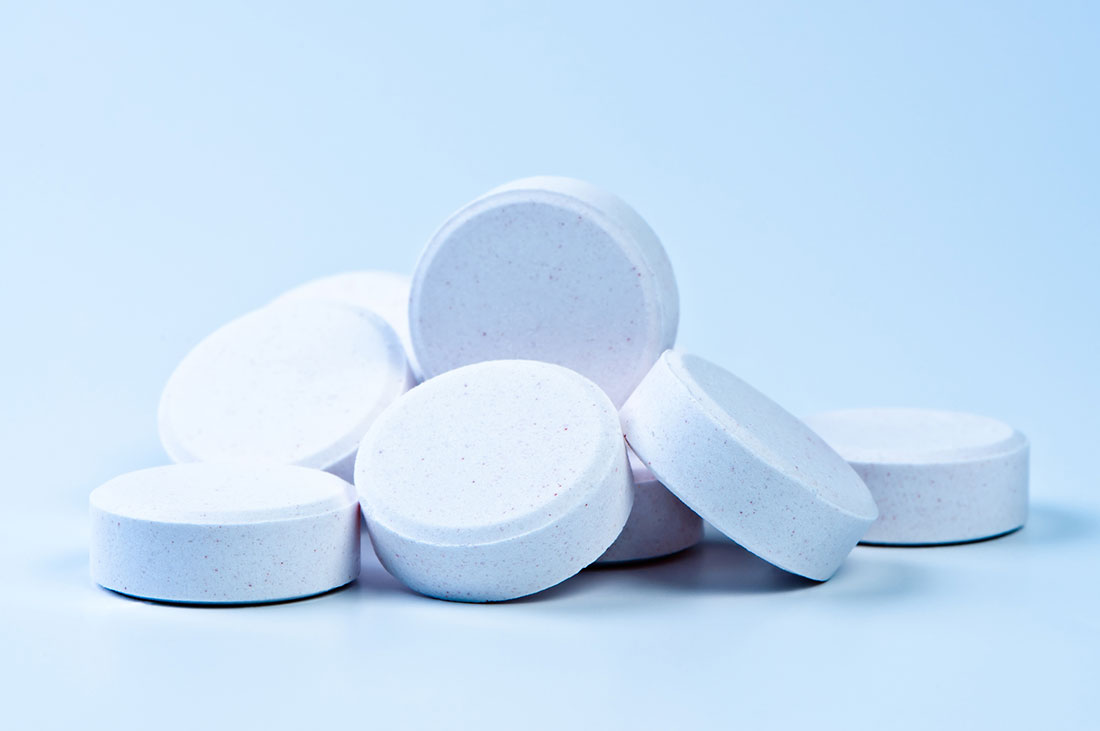Ready-to-use
Home » Products » Probiotic cleaning » Ready-to-use
H-PROBIOS®: the probiotic detergent for smart cleaning
Every biodetergent in the H-Probios® range is a great ally of hygiene. They use natural mechanisms to clean all kinds of surfaces and reach the deepest porosity, removing the most persistent dirt especially where traditional detergents are inactive, such as tile joints and breeding grounds for mould. Pathogenic bacteria and moulds aggregate spontaneously, producing a kind of ‘biofilm’, a complex protein matrix attached to surfaces that not only aggregates dirt, but also protects it from the action of chemical agents, generating forms of resistance that are dangerous to health. H-Probios® manages to penetrate the biofilm, creating an effective barrier and balanced hygiene on any type of surface. The work of the microorganisms does not end with the rinsing: their degradative action continues as long as dirt persists.
Liquid biodetergents
Degreaser, multipurpose, limescale remover, toilet gel, floor cleaner and others, they are all formulated with different delicate fragrances that are compatible with the viability of the microorganisms that are to be activated during use. Liquid bio-detergents combine the cleaning action of the surfactant with the degrading action of microorganisms. They are formulations that can be applied to all types of washable and water-resistant surfaces and fabrics, either manually or through the use of machines


Concentrated biodetergents in tablet or powder form
A line of concentrated bio-detergents in tablet or loose powder form that can be dissolved in water to obtain the desired bio-detergent – degreaser, multipurpose, limescale remover, scrubber, dishwasher and more. Solid H-Probios® meets the requirements of the Sustainable Cleaning Solution, which stipulates the use of detergents with a low environmental impact. In addition to being much more stable and practical, this product line enables:
- Zero water waste with a product that is always ‘fresh’ and available.
- Reduction of the use of plastic packaging by more than 80%.
- Reduction of the volumes of stocked and handled material, resulting in reduced CO2 emissions from transport.

